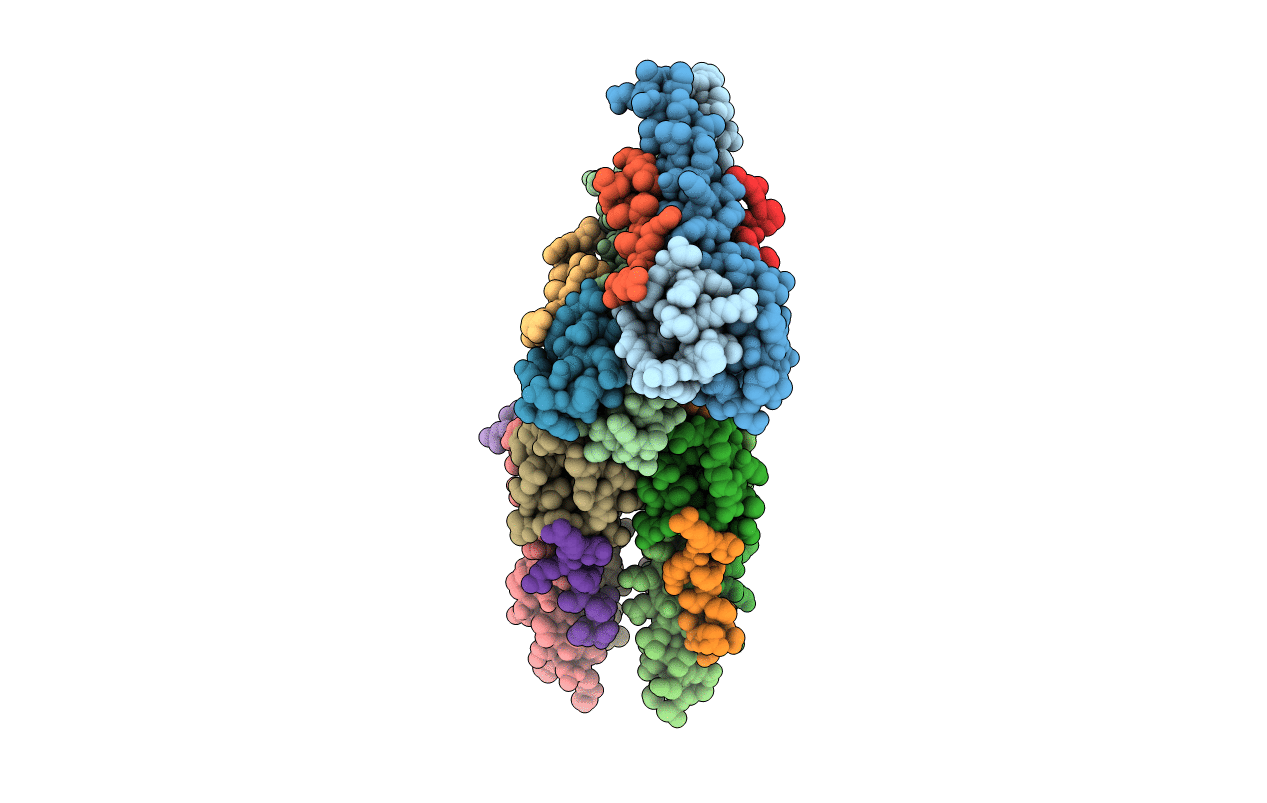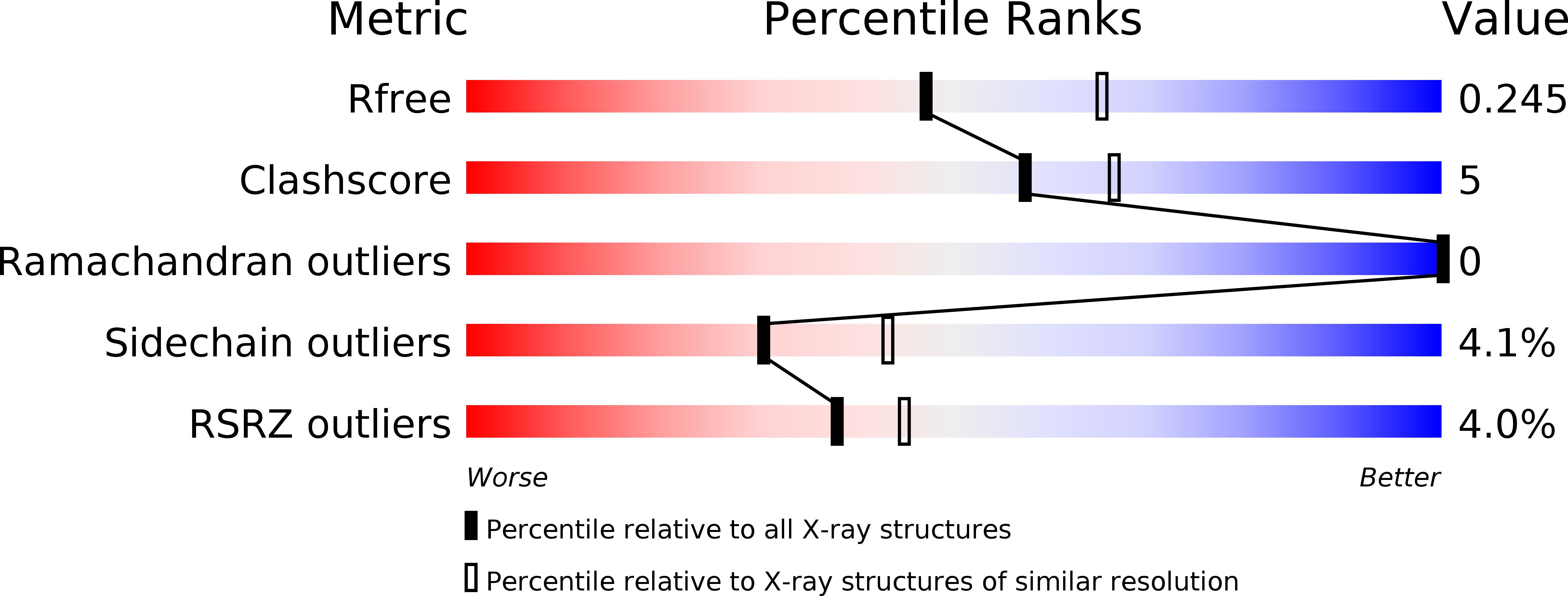
Deposition Date
2017-02-18
Release Date
2017-06-14
Last Version Date
2024-01-17
Entry Detail
Biological Source:
Source Organism:
Homo sapiens (Taxon ID: 9606)
Saccharomyces cerevisiae (Taxon ID: 4932)
Saccharomyces cerevisiae (Taxon ID: 4932)
Host Organism:
Method Details:
Experimental Method:
Resolution:
2.30 Å
R-Value Free:
0.27
R-Value Work:
0.23
R-Value Observed:
0.23
Space Group:
P 1 21 1


